If you have visited Provence, you will notice that there are a lot of gourmet chocolate and candy shops in the south of France. Yes, the locals like to eat a lot of sweets, and this is especially the case during Noël.
A traditional French Christmas dinner is quite the feast, and in Provence it all goes up a notch. Assuming your guests haven’t eaten enough, in Provence, the tradition is to lay out an array of 13 desserts, usually starting the week before Christmas.
Now, these are not desserts like the Bûche de Noël or the millefeuille which would not survive sitting on a table for 3 weeks. These are traditional ancient “desserts” like fruit and nuts.
Often times, they have been taken up a few levels and covered with chocolate, candied, or sugared in ways that have become traditional provençale specialties.
It is not clear how this tradition got started, but the presumption is that it has something to do with Jesus, the 12 Apostles, and the last supper. And there are certain requisites among the 13 desserts of Provence that should generally be included:
- Dried figs to represent the Franciscans
- Raisins to represent the Dominicans
- Almonds to represent the Carmelites
- Nuts or hazelnuts to represent the Augustinians.
There is no set formula for the items chosen, as people from different parts of Provence choose to interpret this Christmas tradition in their own way. The different desserts will
So let’s have a look at the most popular selections for the thirteen desserts of Provence, shall we? Allons-y!
1. Calissons
The traditional sweet from Aix-en-Provence is usually always on every French person’s list of the “13 desserts of Provence”, because they are very good, and also because they are very easy to find all over the south of France.
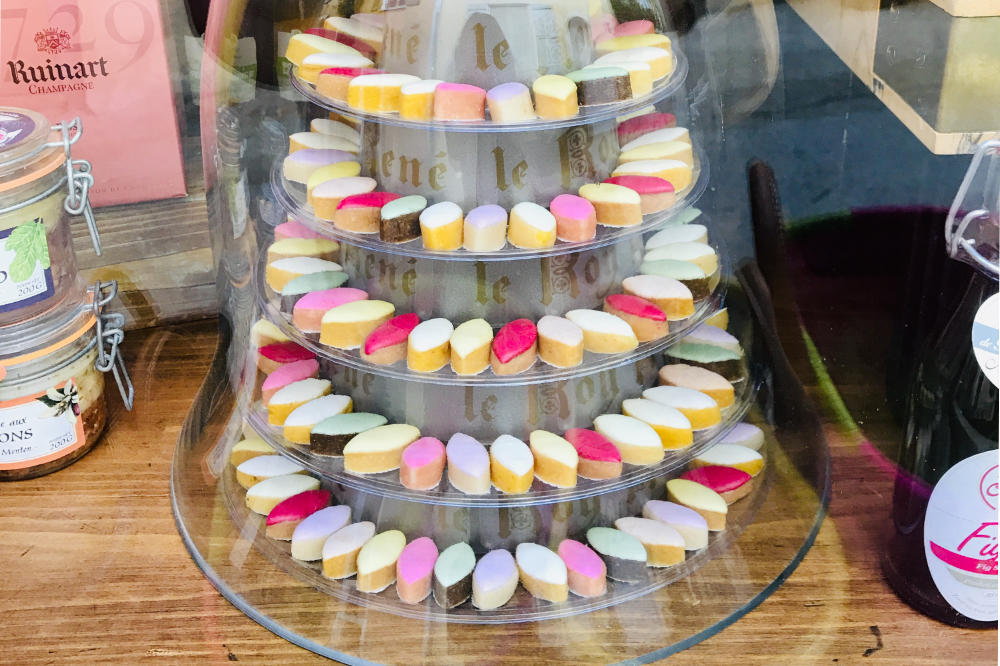
It is a confiserie (candy) made from melon and almond paste and is very sweet. They can also be highly decorative, as you can see above.
You won’t find it in a supermarket in Paris, but they are catching on in popularity like the macaron in the North of France as well. You can buy calissons d’aix here.
2. White Nougat
Right on the border of the region of Provence, the Montélimar nougat has been the candy of choice for centuries.
The first nougat recipes date back to the Middle East and Mesopotamia (today known as Iraq). With almond trees being grown in the area since at least the 14th century, it is not clear when the Montélimar nougat was first invented and when the first French nougat recipes became popular.
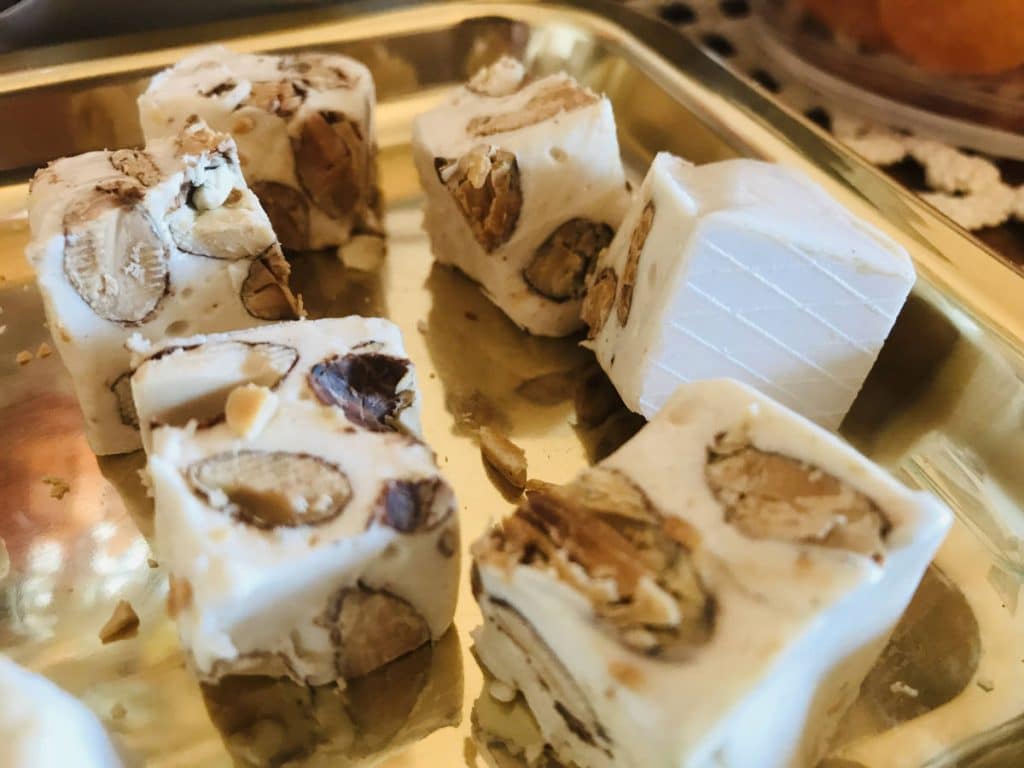
The original formula for Nougat de Montélimar was a confection made from honey, small amounts of sugar, roasted almonds, and whipped egg whites.
A white nougat, with hazelnuts, pine nuts and pistachios, is usually included among the “13 desserts of Provence” to represent the good days of the year.
3. Black Nougat
Black nougat is also usually included among the in the Provençale christmas, to represent the bad days of the year. It is usually made with honey and almonds.
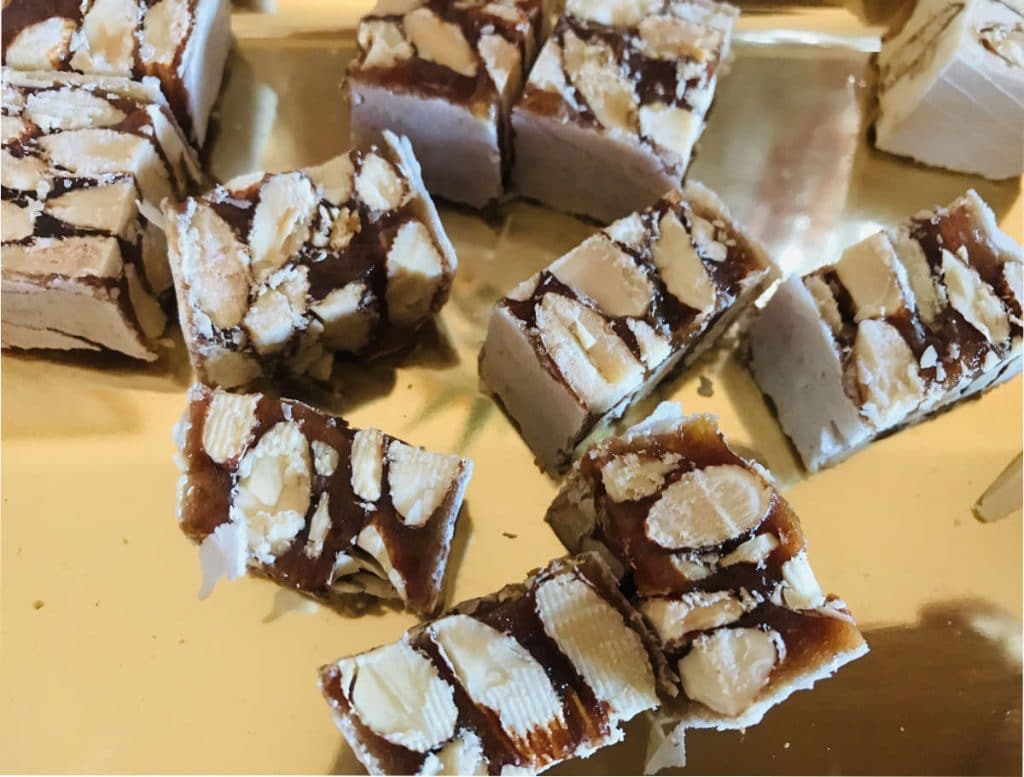
These days, there are a wide variety of flavors of nougat, and many different types that you can find across Provence. There is also a red nougat, made with rose petals and pistachios. You can buy nougat de montelimar here.
4. Pâte de coings (or Pâte de fruits)
From the region of Auvergne and very popular these days in Provence, the pâte de fruits dates back to the 10th century.
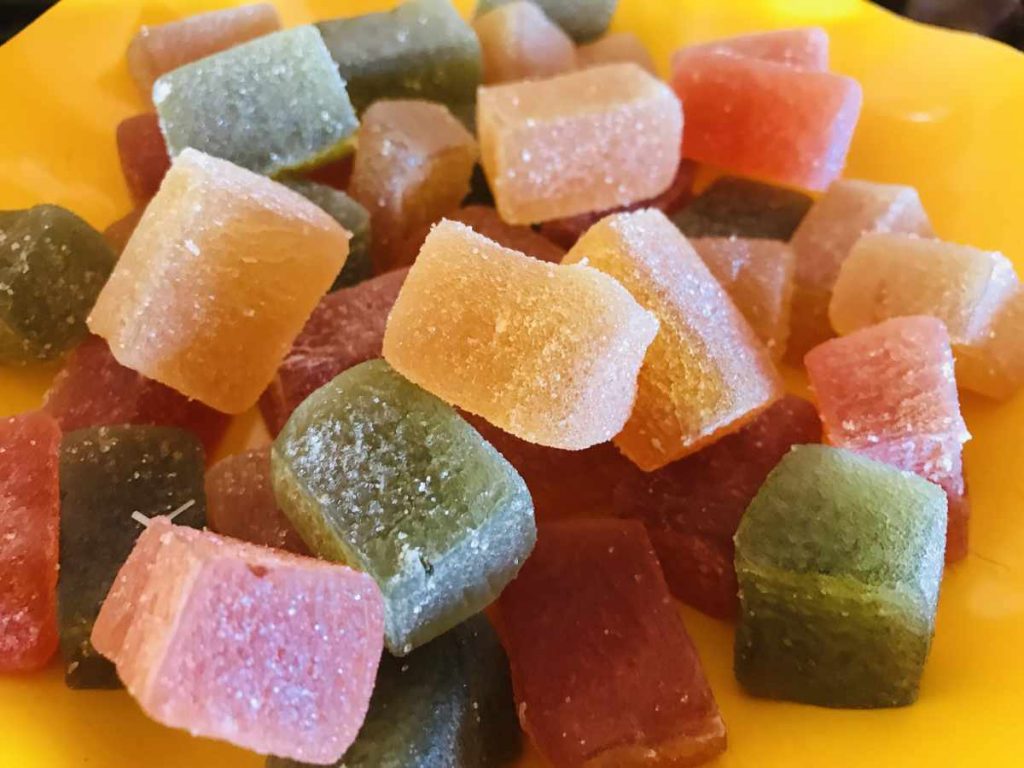
It is a candy made from cooked fruit and sugar, which is then placed in a mold. The original recipe was intended to preserve the fruit as long as possible, similar to jam.
There are many types of fruit jellies, the most common being orange, apricot, apple, citrus, plum, etc.
Pâte de coings is a type of pâte de fruits, in that it is made from the quince fruit. Quince can be somewhat hard to find, which is why French people often stick to a regular pâte de fruit.
A sweet and thick jelly made of the pulp of the fruit and then cut into bite-size rectangles. You can buy pâte de fruit here.
5. Pompe a l’huile (fougasse)
It is not really clear where the name pompe a l’huile (meaning “oil pump”) came from.

One explanation is that the name and recipe comes from the olive oil mills of Provence where wheat flour was used to pump out the residual oil. To avoid waste, this flour was then used to make the “pompe à l’huile” dessert.
It is very similar in taste and appearance to sweet fougasse which is also very popular in Provence.
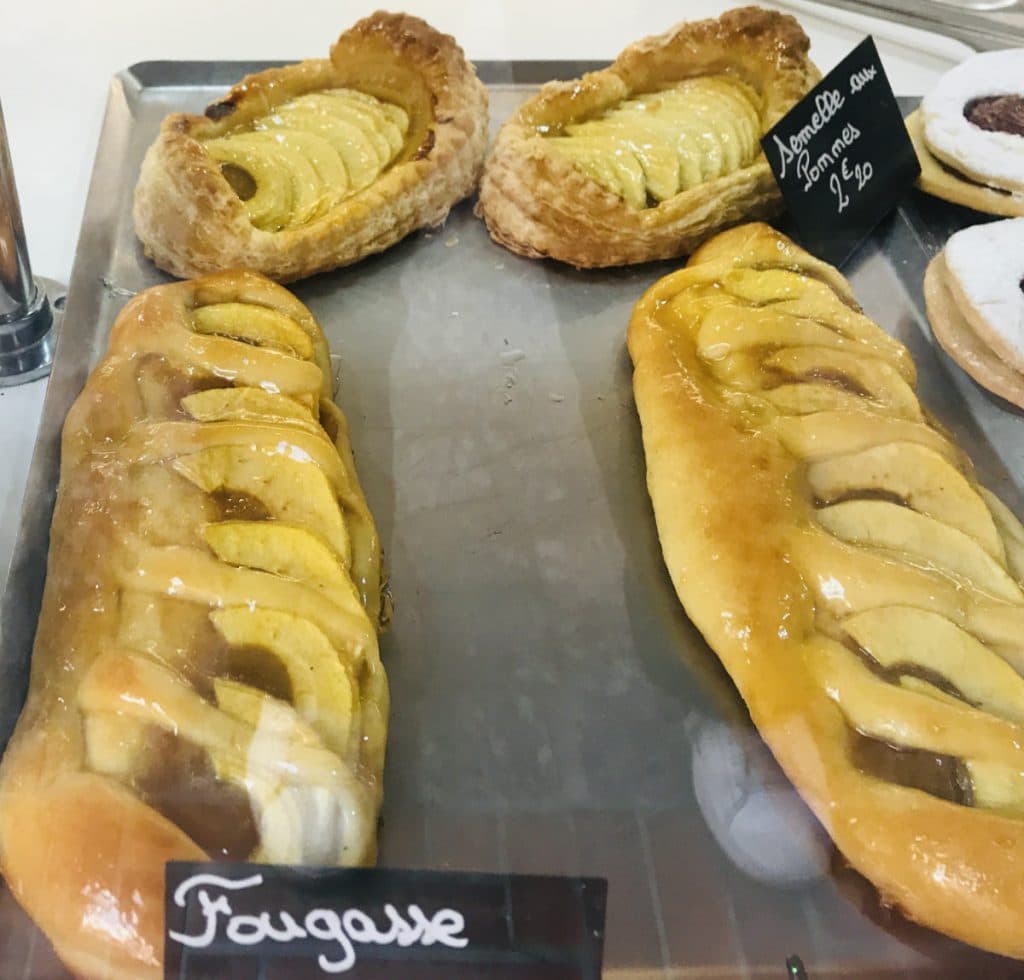
This delicious sweet bread is usually served as one of the 13 desserts of Provence during Christmas. There is also a variation of this bread called pompe au beurre, which uses butter instead of olive oil.
6. Dates
Dates, a fruit from the Middle East, is also usually included among the desserts to evoke both the place where Jesus was born, and the 3 Kings bringing their gifts to the newborn.
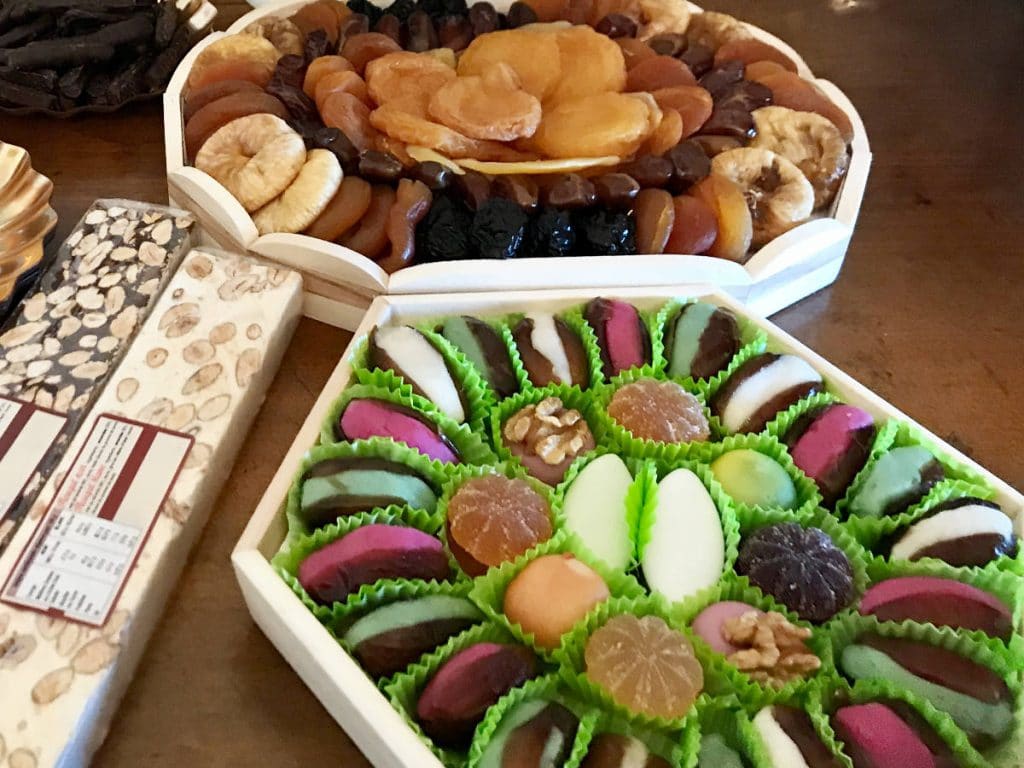
A sweet fruit, they have been cultivated in the Middle East since 6th millennium BCE.
7. Oranges, mandarines, and orangettes
Oranges and mandarines are also usually put out among the 13 desserts, since winter is citrus season in Provence.
But if you want to take it a notch above, in Provence we have the orangette. It is a candied orange peel coated with a thin layer of dark chocolate.
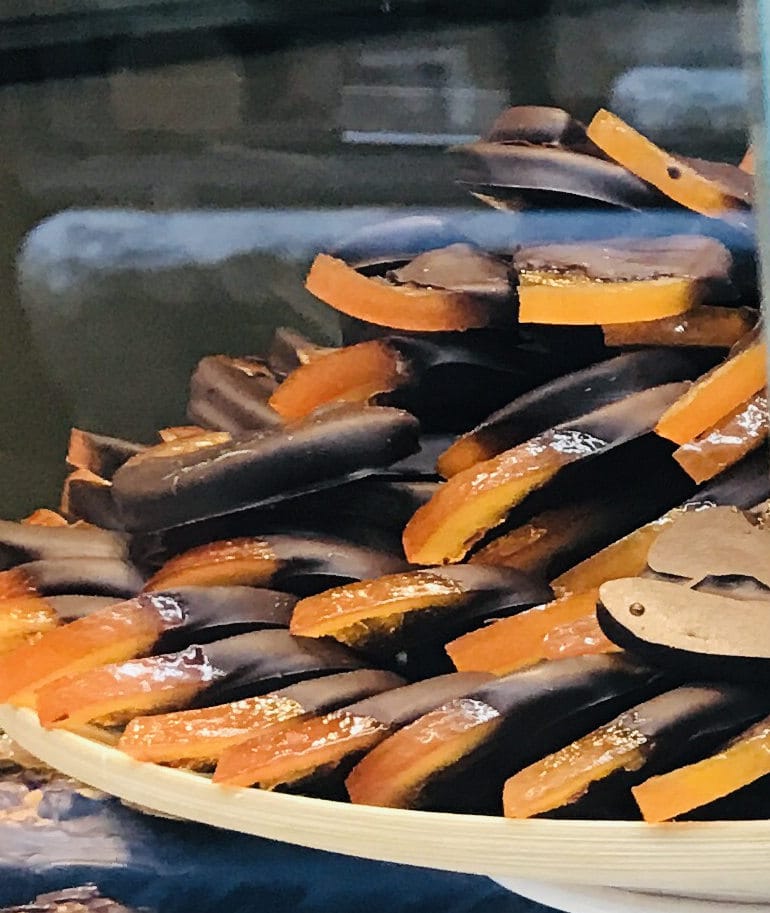
The orangette dates back to 1978 in the village of Saint-Marcel-d’Annonay in Ardèche.
This artisanal confectionery is usually handmade by confisieurs and is also one of the 13 desserts that are served in Provence during Christmas. You can buy orangettes here.
8. Marron glacé (Nuts)
Nuts are also usually required among the 13 desserts, so one local speciality is the Marron glacé. It translates to “iced chestnuts” and it is a chestnut glazed with sugar that is eaten as a candy.
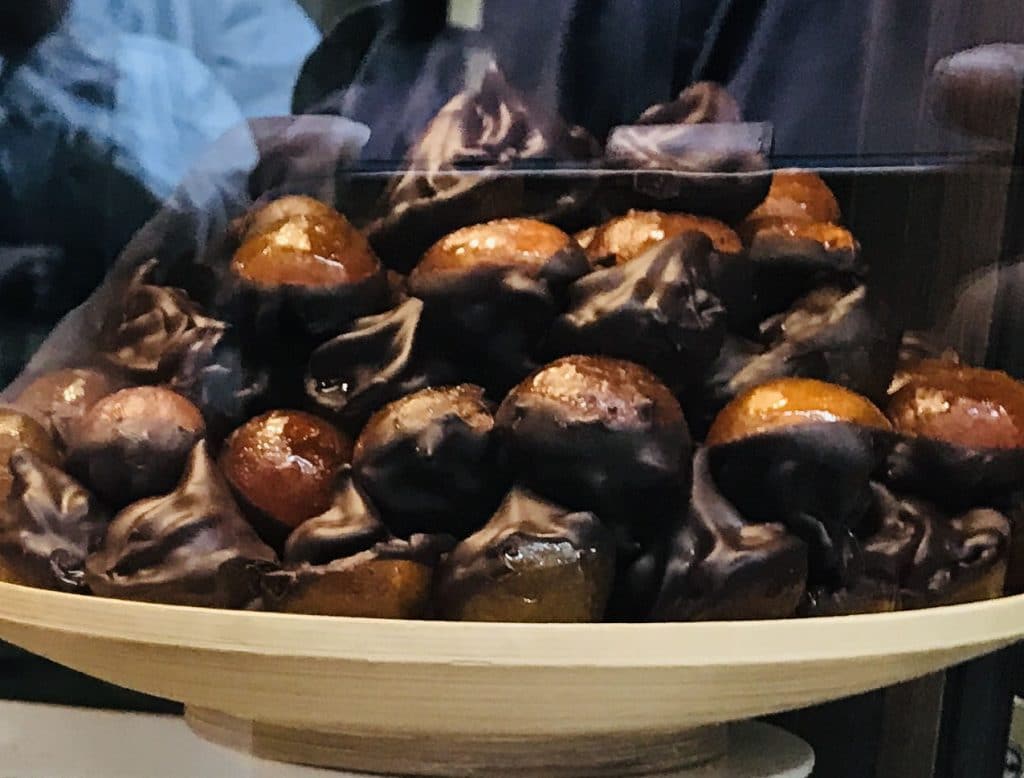
It is believed to date back to the royal court of Sun King Louis XIV, while others attribute it to chocolatier in Lyon, and even further afield to Italy.
Nonetheless in France, the first candied chestnut factory was created in Ardèche (near Lyon) in 1882, which produces a lot of chestnuts. The process is quite delicate as the chestnuts must not be broken during the glazing process.
If there is anything that will have you doing the Valse de Noël with a glass of vin chaud, it is the marron glacé. You can buy a packet of marron glacé here.
9. Dried fruits like raisins and figs
As I mentioned above dried fruit like figs are usually displayed to represent the Franciscans and raisins to represent the Dominicans. Many French people however purchase large arrangements of dried figs and grapes that has been soaked in sugar and candied, such as this one:
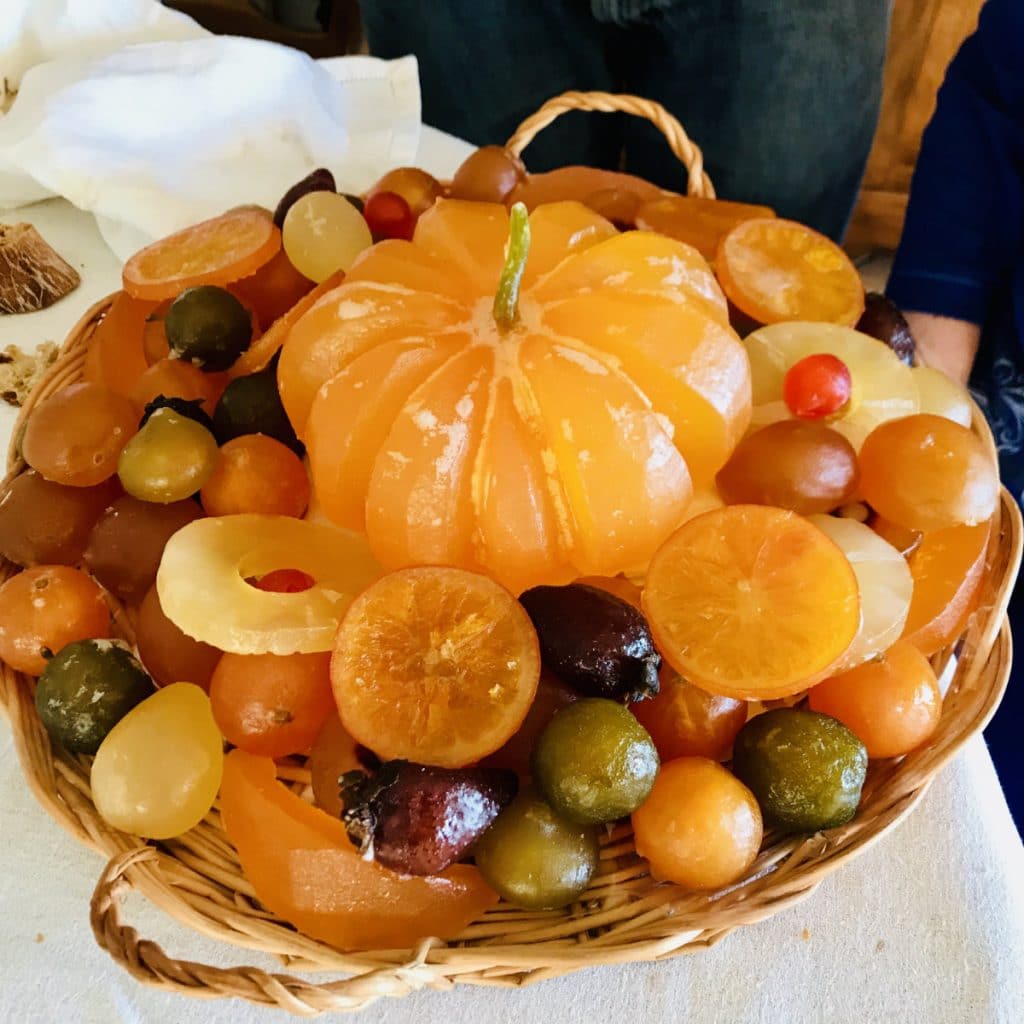
These are often given as gifts when visiting a friend or family member hosting a Christmas party. In return, it will be displayed as part of the 13 desserts of Provence.
10. Melon de Nöel and other exotic fruits
Melon de Nöel is a type of fruit, also known as Verdau, that looks like a wrinkled dark green melon.
Melon is traditionally a summer fruit in Provence, so the melon de noël with its wrinkled skin looks like a melon that has been kept since the summer just for the Christmas holidays.
It is not a fruit that is the easiest to find, so other “exotic” fruits like pineapple or pomegranates are often substituted.

11. Almonds
Almonds are also usually always on the list, given the multiple references to the almond tree in the Bible. Rather than plain almonds, one traditional offering is the “olives de provence“.
Contrary to its name, these are not chocolate-covered olives, they are actually almonds that have been covered with chocolate which is then tinted in dark green or black to look like olives.
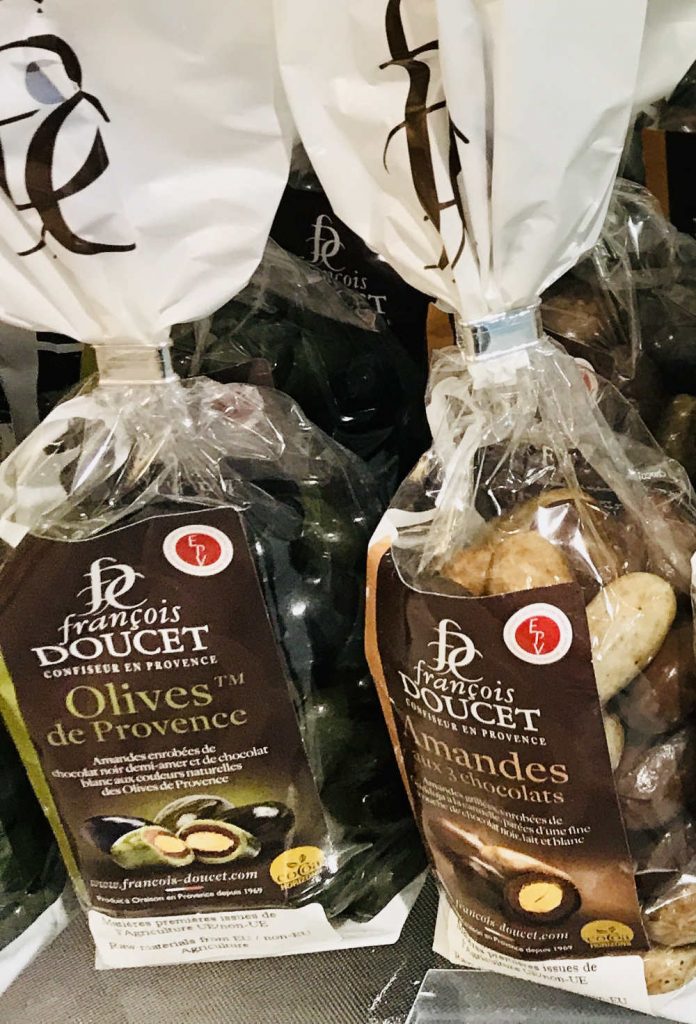
You will often find them for sale in the south of France (where olive trees are plentiful), with a somewhat helpful picture on the packet to try to explain that they are not olives inside.
12. Papillotes de Noël au chocolat
Another very popular offering is the “Papillotes de Noël au chocolat“. These highly decorative pieces of chocolate come in a variety of flavours like dark chocolate, praline, almond, guimauve (marshmellow), etc.
One of the most popular is the praline, which is a candy made of an almond or peanut wrapped in chocolate or cooked sugar, which can be flavored and colored in various ways.

There are pralines filled with cream, butter cream, ganache, praline paste, liqueur, coffee, with pieces of fruit or dried fruit, with caramel, and even marzipan. You can buy some French pralines here.
13. Other desserts
As I mentioned, there are no set rules for the “13 desserts of Provence”, most French people add on a speciality they have from their town or village, and whatever desserts they can find.
At our Christmas dinner, we usually get the papalines d’Avignon since we have family in the area. I should mention that this is a chocolate that is not meant for children since they are filled with liquor.
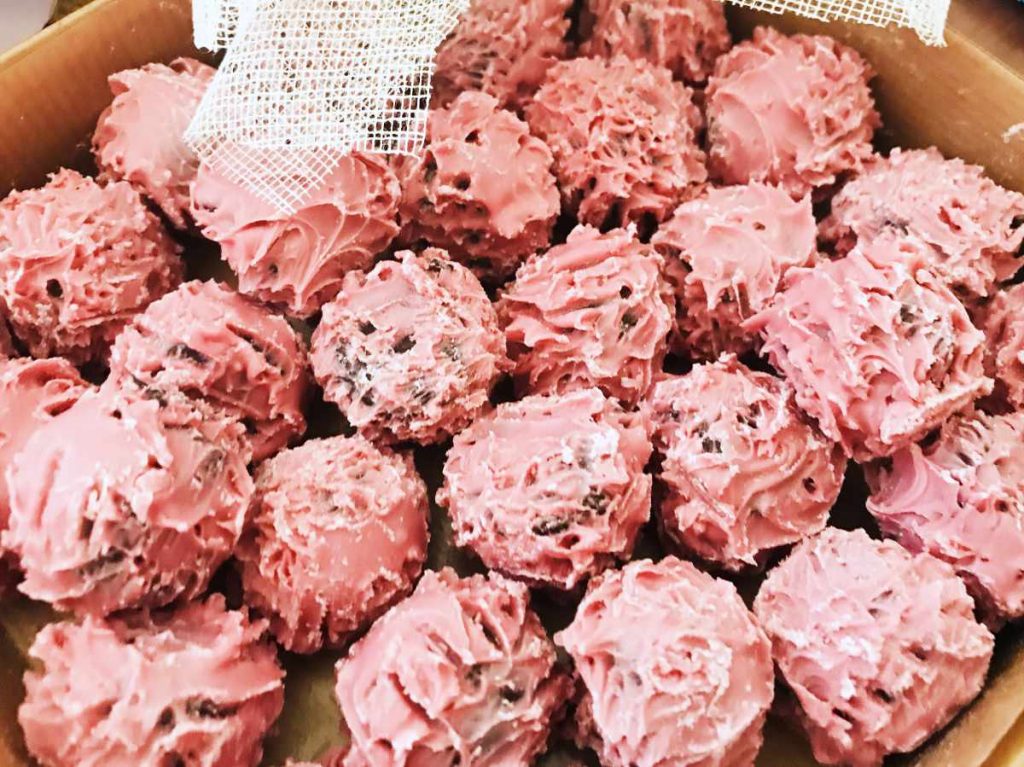
The candy consists of a couple of layers of chocolate, within which is the liquor d’Origan du Comtat. The alcohol is made from the oregano leaves grown near Mont Ventoux that is next to Avignon.
The papaline was named in memory of the popes of Avignon of the 13th century, but its creation actually only dates back to 1960.
Another popular option across Provence is the meringue. A meringue is a type of dessert or candy made from whipped egg whites and sugar, along with an acidic ingredient such as lemon, vinegar, or cream of tartar.
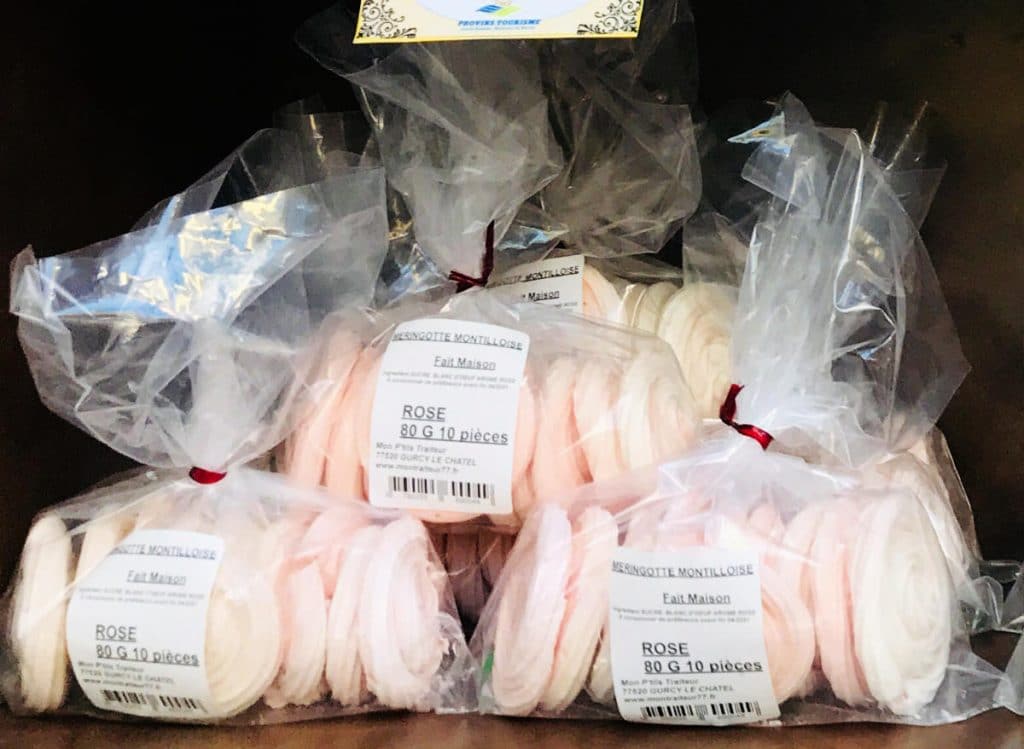
The traditional meringue from Provence is hardish on the outside, and soft and airy on the inside. They come in many flavors such as lemon or lavender, and are often topped with nuts.

So have you picked your favorite? If you enjoyed that article, you can read more about what is for dinner at a French Christmas here. A bientôt!


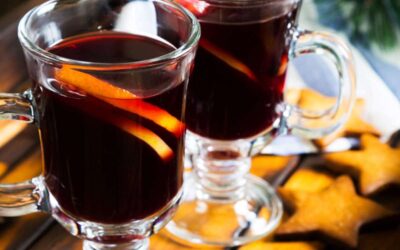
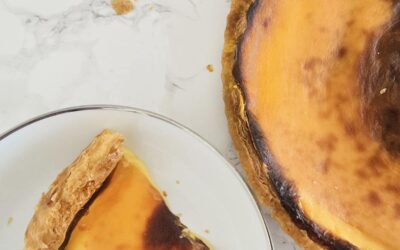
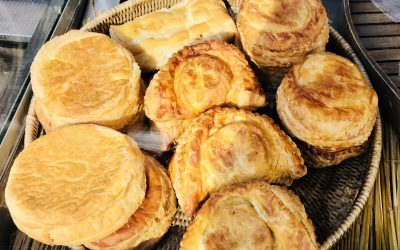

Love all these desserts! I will have to try them on my next trip to France!